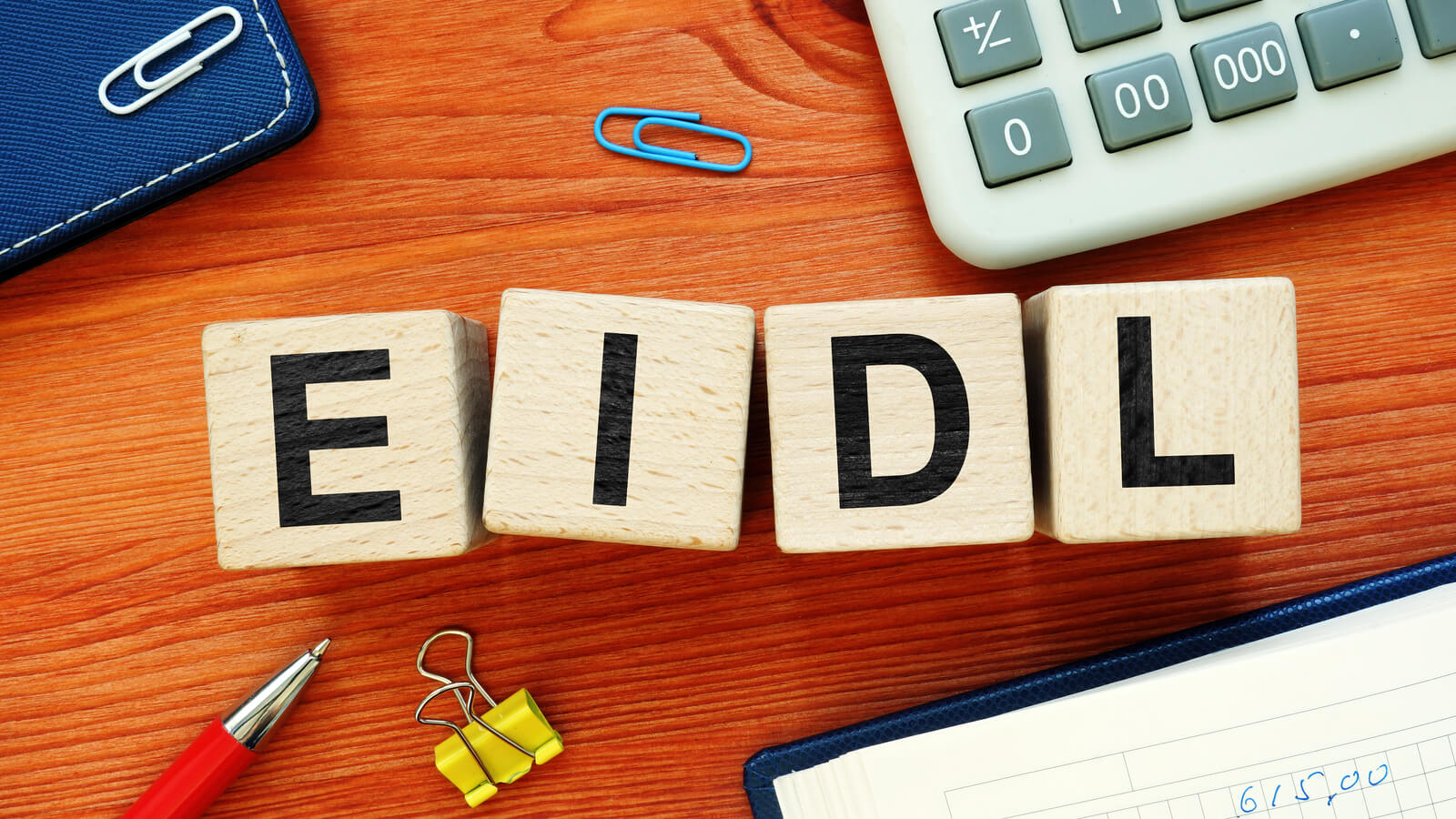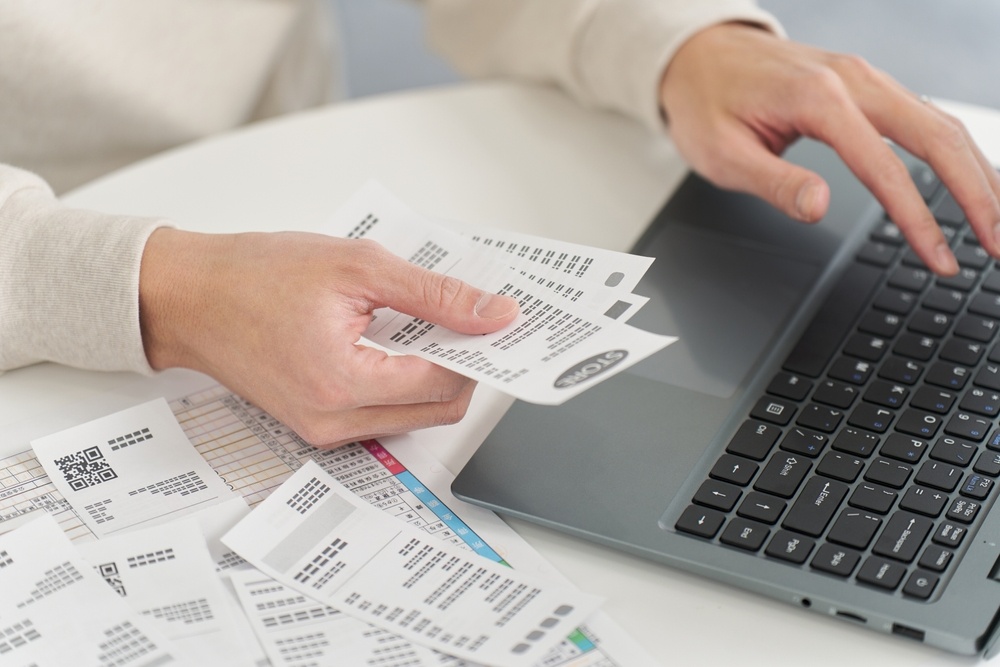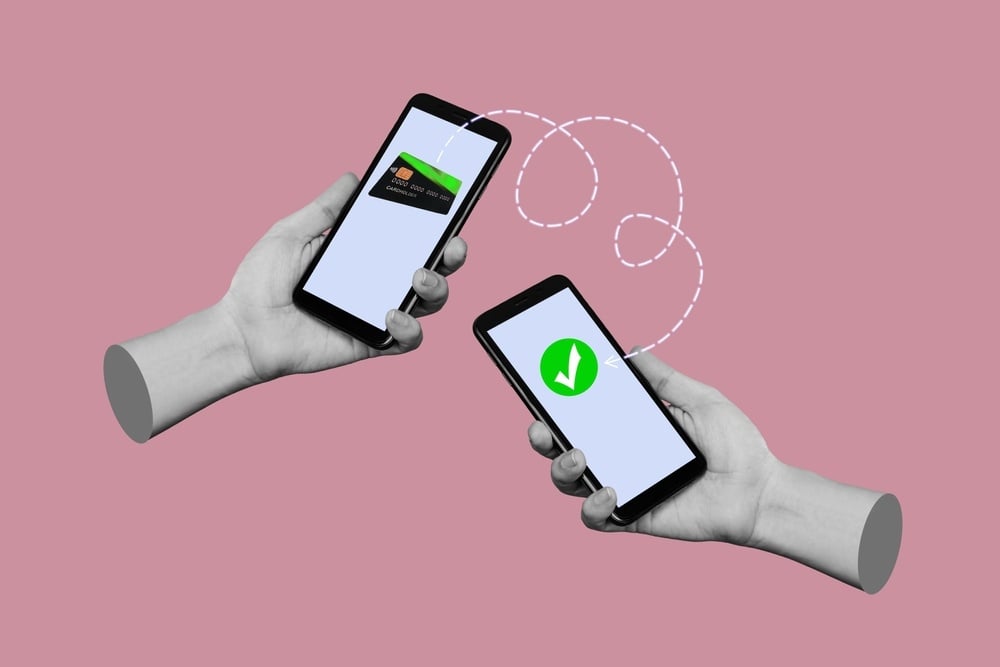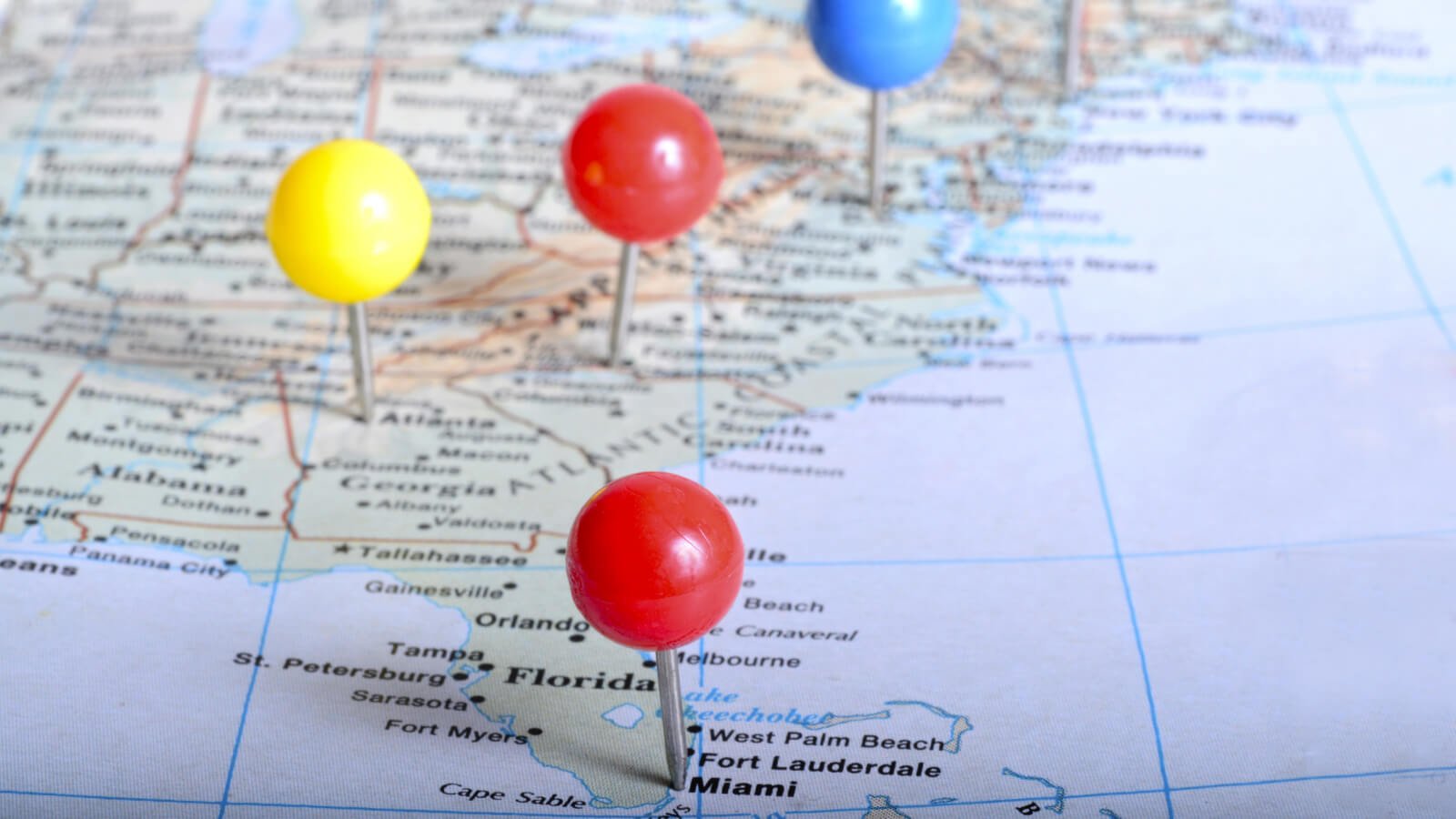A newer act called the Paycheck Protection Program Flexibility Act of 2020 made big changes to the PPP.
If you are the owner of a small business that was able to obtain a Paycheck Protection Program (PPP) loan, you’ve probably already started worrying about how you’re supposed to spend the loan to maximize loan forgiveness.
When these loans were first offered, the keyword business owners heard was “forgiveness,” and that created a national stampede to apply for these loans. Most potential borrowers had little or no knowledge of how the loan proceeds were to be used to qualify for loan forgiveness. This, combined with the lack of initial guidance from the Treasury and Small Business Administration (SBA) added to the confusion.
The CARES Act, the legislation that created this loan program, specified that loan proceeds were to be used for business payroll, lease payments, mortgage interest, and utility payments. It also specified the loan funds were to be used during the eight-week “covered period” that commenced immediately after receiving the loan proceeds. That meant the forgiveness clock started ticking the day the loan proceeds were deposited in the employer’s bank account.
To add to the confusion, the SBA decided to limit uses other than payroll to 25% of the amount forgiven — a limitation not included in the CARES Act.
Because the CARES Act includes generous unemployment benefits that, in many cases, provide income in excess of what the employer was paying as wages, many employees are resisting returning to work. This makes it difficult for employers to maintain their pre-COVID payroll and head count, which are also requirements for forgiveness.
What changed about my PPP loan?
Seeing the confusion caused by the forgiveness issue, Congress has passed the Paycheck Protection Program Flexibility Act (PPPFA) of 2020, which makes the following substantial changes to the program.
Extended forgiveness period
The covered period has been extended from eight weeks to 24 weeks after the origination of the loan or Dec. 31, 2020 (whichever occurs first), giving employers substantially more time to comply with the forgiveness requirements and other terms of the loan. If the loan was received before the enactment of the PPPFA, the borrower may choose either the original eight week period or the new 24 week/Dec. 31, 2020 period.
Increased loan maturity
Loan maturity has been increased from two years to a minimum of five years, giving borrowers a longer amount of time to pay back the portion of the loan that is not forgiven. For loans finalized prior to the PPPFA, the lender and borrower can agree to change to the longer term.
Expanded loan uses
Congress has rebutted the administration’s attempt to limit the uses of the funds for other than payroll to no more than 25% of the forgiveness. The act instead requires at least 60% of the loan proceeds to be used for payroll and up to 40% can be used for business rent, mortgage interest and utility payments. This means if less than 60% is used for payroll there will be zero forgiveness.
Exemptions for employers
To alleviate employers’ rehiring problems, the act provides an exemption for employers that are unable to rehire an employee who was working for the employer on Feb. 15, 2020, to hire similarly qualified employees on or before Dec. 31, 2020, or to return to the same level of business activity as such business was operating at before Feb. 15, 2020.
That’s due to compliance with requirements established by the Secretary of Health and Human Services, the Director of the Centers for Disease Control and Prevention, or the Occupational Safety and Health Administration during the period beginning on March 1, 2020, and ending Dec. 31, 2020 related to the maintenance of standards for sanitation, social distancing, or any other worker or customer safety requirement related to COVID-19.
New deferred payment dates
The deferral of payments of the PPP loan principal, interest and fees that was originally six months to one year is changed by the act to be until the date the loan forgiveness amount is remitted to the bank by the SBA.
Deferred payroll tax payments
The original rules of the CARES Act prevented employers who received PPP loan forgiveness from being able to defer payment of payroll tax, another provision of the CARES Act. The PPPFA changes that rule to allow qualified employers to take advantage of deferring 2020 payroll tax payments even if they’ve received PPP loan forgiveness.
The deferral allows 50% of the eligible payroll taxes to be deferred until Dec. 31, 2021 and the balance to Dec. 31, 2022. Taxes that can be deferred include the 6.2% employer portion of the Social Security (OASDI) payroll tax, and the employer and employee representative portion of Railroad Retirement taxes (that are attributable to the employer’s 6.2% OASDI tax rate), effective for wages paid March 27, 2020 through Dec. 31, 2020.
The bottom line
This will certainly require the SBA to revise the PPP loan forgiveness application. If you have already reviewed the current application, you’re probably aware of just how complicated it is.
Hopefully, this will give the SBA additional time to work on simplifying the application. If you have questions about how these changes might apply to your situation, contact DiMercurio Advisors today.







